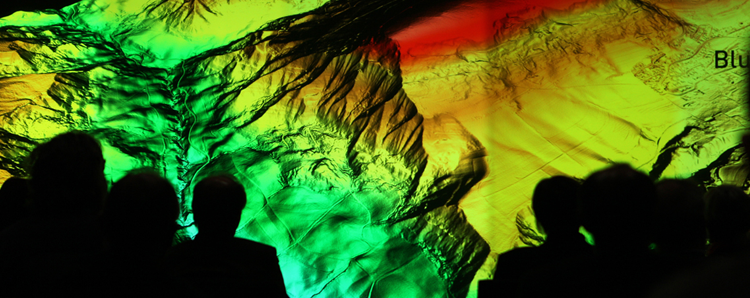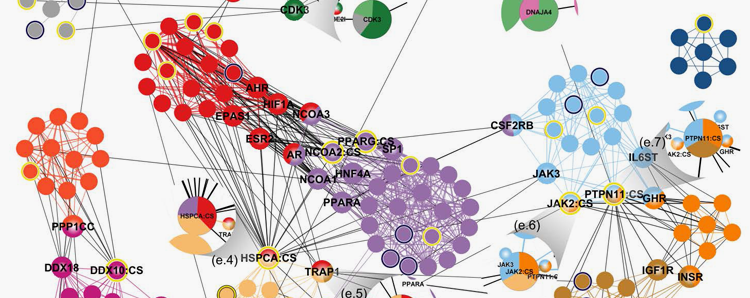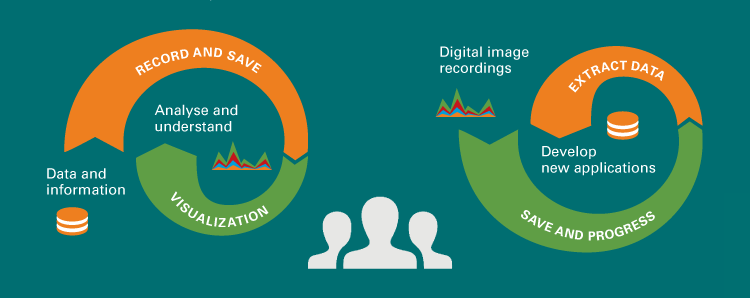How did the formation of our landscape develop? Where did existing dolines and terraces arise? And why are there special valley configurations, meander or further landscape shapes, for example dunes directly in Baden-Württemberg? These are only some of the questions geology scientists like Prof. Hartmut Seyfried and his research assistant Elena Beckenbach (Institute of Planetology, University of Stuttgart) try to answer in their research work. Recently they presented their newest results based on a new visualization of the landscape of Baden-Württemberg to members of the Office for Geo-Information and Land Development (LGL) at the Powerwall of the Visualization Research Center of the University of Stuttgart (VISUS).
The Surface of Baden-Württemberg at Very High Resolution




